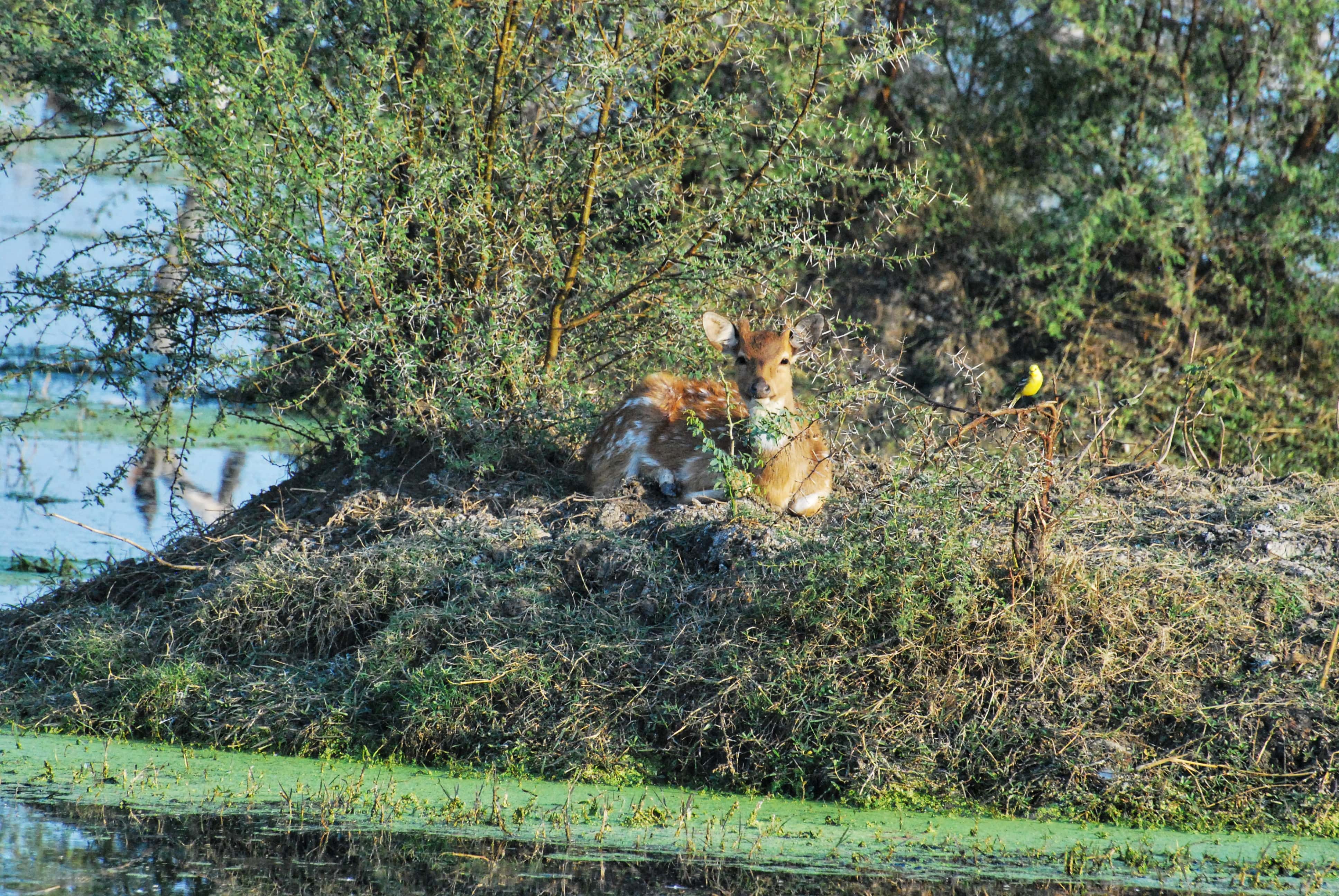Wetlands in India
Jan 12, 2022
Navigate Quickly
New Progress on Wetlands

New Progress on Wetlands
Despite their importance, wetlands are generally doing poorly all over the world, constituting one of the most threatened ecosystems today.
Recently, a report on the status of biodiversity and ecosystems was completed by the United Nations led Intergovernmental Science-Policy Platform for Biodiversity and Ecosystem Services (IPBES). The 2019 report finds that 85 percent of wetlands on earth are gone since 1700. Thus, the rate of loss of wetlands is three times that of forests.
In India, progress on conserving wetlands is slow, but happening. The Supreme Court and the National Green Tribunal have directed for wetland conservation many times. In 2017, the Supreme Court in MK Balakrishnan versus Union of India directed for the application of Wetland Rules to 2.01 lakh wetlands in India.
The Court observed:
We make it clear and reiterate that in terms of our order dated 8th February, 2017, 2,01,503 wetlands that have been mapped by the Union of India should continue to remain protected on the same principles as were formulated in Rule 4 of the Wetlands (Conservation and Management) Rules, 2010.
While the Wetland Rules were revised in 2017, the Supreme Court order stands. The main challenge is two-fold – one is identifying wetlands (as wetlands, and not land), and the second is saving them from garbage, encroachment or water pollution. Often, wetlands get converted to paddy fields, are drained for housing complexes, or are used as dumping sites for municipal waste (an example is Deepor beel in Assam).

In a new order, the National Green Tribunal has directed that all wetlands need to be considered in district-level planning. In an order delivered on 25/11/2021 in Raja Muzaffar Bhat vs State of Jammu and Kashmir and Others on wetlands, the Court directed that a District Environment Plan in each District would also include wetlands. It further directed that District Magistrates at the District level need to ensure compliance to the Wetland Rules, 2017.
The government of India has also made a first of its kind wetland portal, indianwetlands. in which provides a database of Indian wetlands. With a few hundred wetlands in states, this database is currently incomplete and needs further work. India has lakhs of wetlands. All significant wetlands, wetland clusters (that is small, interconnected wetlands), as well the ‘zone of influence’ or catchment areas of wetlands deserve protection. In recent good news, India has added 4 new Ramsar sites. Ramsar sites are wetlands of international importance – a status that is given when wetlands are conserved and have active management plans. Now, India has 46 Ramsar sites.
May India recognise and conserve all its wetlands!
Follow Neha Sinha on Twitter.
Download the PrepLadder app to experience a revolution in UPSC education.

Neha Sinha
Neha Sinha is a Conservation Biologist, author and columnist. Her critically acclaimed first book, Wild and Wilful (HarperCollins India, 2021) tells the story of 15 of India’s iconic wild species. She is a leading commentator on environment, writing for Hindustan Times, Hindu, BloombergQuint, Telegraph and others. She studied Biodiversity Conservation at Oxford University. She is the 2017 recipient of the 'Wildlife Service' award by the Sanctuary Asia Foundation. She has served on various environmental committees as an expert. She tweets at nehaa_sinha.